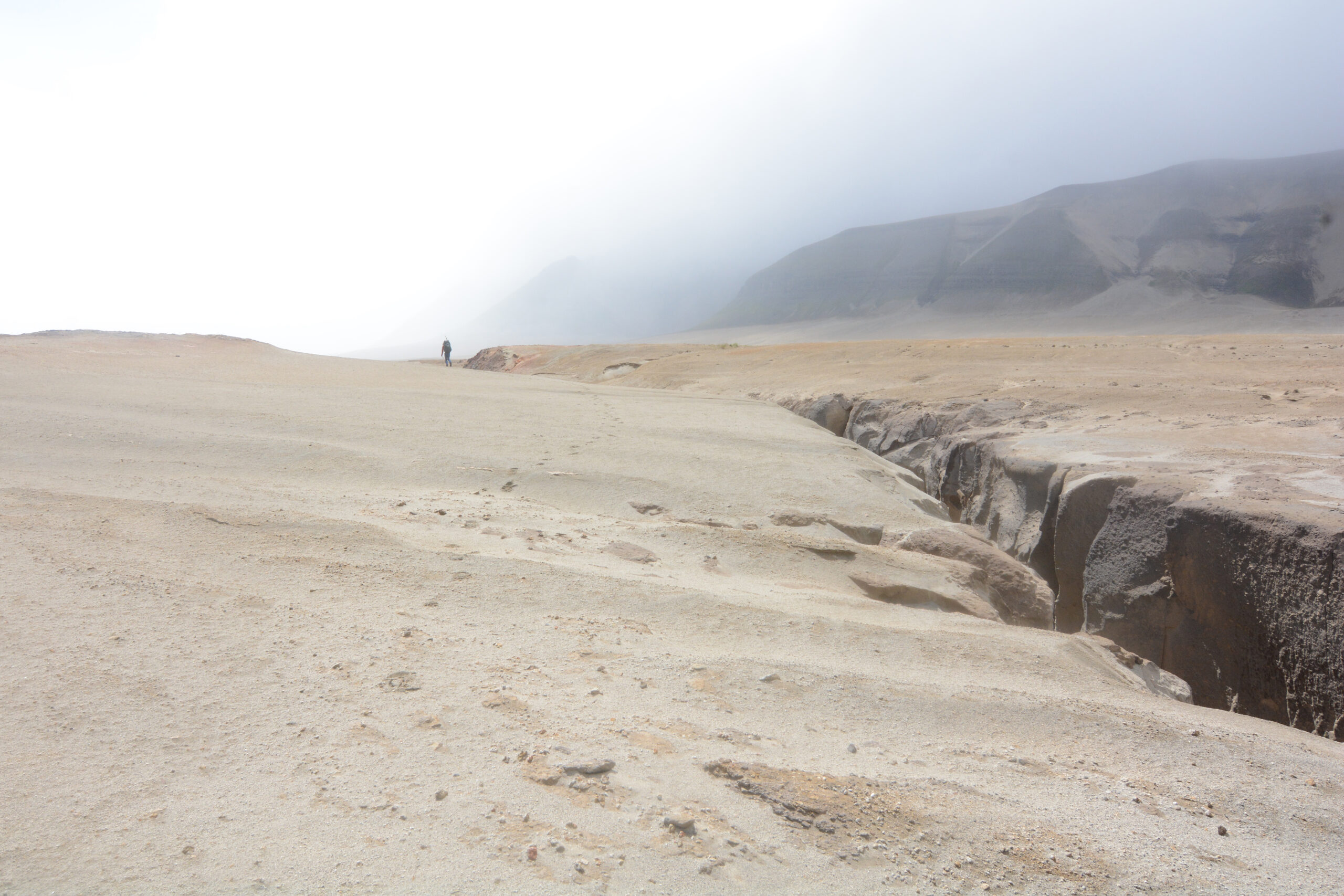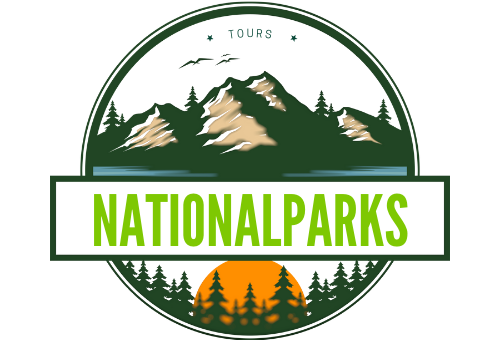Katmai National Park in Alaska is renowned for its abundant population of brown bears, also known as grizzly bears. These majestic creatures are a major draw for visitors, who come to witness their impressive size, intelligence, and unique behaviors. In this comprehensive guide, we’ll explore the characteristics and behaviors of Katmai’s brown bears, the optimal time to observe them, their estimated population, and the primary locations for bear viewing.
What are the Characteristics and Behaviors of Brown Bears in Katmai National Park?

Brown bears in Katmai National Park are known for their impressive size, intelligence, and distinct personalities. They are omnivores, feeding on a variety of vegetation, sedges, grasses, and roots, as well as being opportunistic carnivores, taking advantage of various food sources as they become available. These bears are highly social, often congregating in large groups around abundant food sources, such as salmon runs and sedge grass meadows. They communicate with each other using body language, posturing, and vocalizations, which can range from roars to huffs to sharp popping sounds.
What Species of Bears are Present in Katmai National Park?

Katmai National Park is home to a significant population of brown bears, which are technically the same species as grizzly bears, classified as Ursus arctos. The park does not have black bears due to competition with brown bears and a lack of preferred black bear habitat (forested areas). Polar bears are not typically found in the park, but grizzly bears are present, although they are considered a subspecies of brown bear.
When is the Best Time to Observe Brown Bears in Katmai National Park?
The best time to observe brown bears in Katmai National Park is during the summer months, particularly in July and August. This is when the bears congregate near Brooks Camp and feast on migrating sockeye salmon. During this period, bears are highly active, and visitors can witness them fishing for salmon at Brooks Falls and in the lower Brooks River. In the spring, bears are dispersed throughout the area, and sightings are less frequent, while in the fall, they begin to disperse to feed in other areas.
What is the Estimated Population of Brown Bears in Katmai National Park and Preserve?
Approximately 2,200 brown bears inhabit the expansive four million acres of Katmai National Park and Preserve. This high concentration of bears is due to the abundant coastal food sources, including sedges, salmon, and razor clams, which allow bears to congregate in significant numbers while still having ample resources to share.
What are the Primary Locations for Bear Viewing in Katmai National Park?
The primary locations for bear viewing in Katmai National Park are:
- Brooks Camp: This area is known for its high concentration of bears during the summer months, particularly in July and August, when bears congregate to feast on migrating sockeye salmon.
- Brooks Falls: This location is famous for its iconic pictures of bears standing over the falls, catching salmon as they try to jump upstream.
- Lower Brooks River: This area is where bears can be seen fishing for salmon throughout the month of July, with the largest number of bears present in mid-July.
What Travel Information Should I Know for Bear Watching in Katmai National Park?
Visiting Katmai National Park for bear watching requires careful planning due to its remote location. Here are some essential details to consider:
- Access: The park can only be reached by small plane or boat, and there are no roads connecting it to the rest of Alaska.
- Costs: The cost of a bear watching tour in Katmai National Park can vary depending on the package and duration of the trip. Expect to spend around $2,000 to $5,000 per person for a multi-day tour.
- Packages: Many tour operators offer bear watching packages that include transportation, accommodations, and guided tours. These packages can range from a few days to a week or more.
- Preparations: Visitors should be prepared for the remote wilderness environment, bringing necessary gear such as bear-resistant containers, insect repellent, and layers of clothing for changing weather conditions.
References
- National Geographic. (2024). How to see Katmai’s famous brown bears up close—and stay safe. Retrieved from https://www.nationalgeographic.com/travel/article/brown-bears-katmai-national-park-alaska
- Robbins College of Health and Human Sciences. (2023). Living Among Brown Bears at Katmai National Park and Preserve. Retrieved from https://robbins.baylor.edu/news/story/2023/living-among-brown-bears-katmai-national-park-and-preserve
- National Park Service. (2021). Brown Bear Frequently Asked Questions – Katmai National Park. Retrieved from https://www.nps.gov/katm/learn/photosmultimedia/brown-bear-frequently-asked-questions.htm.
